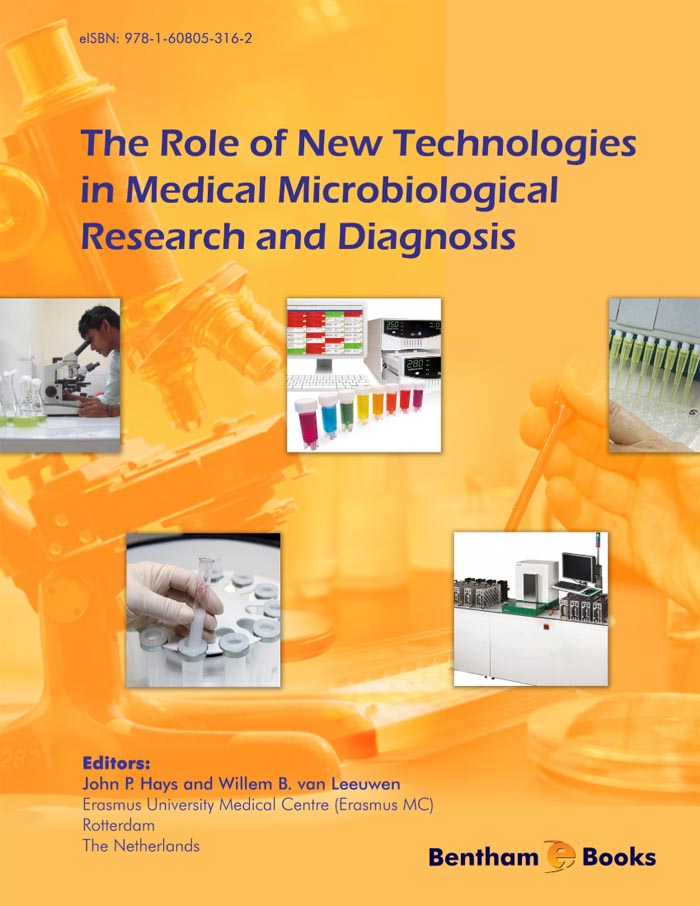Foreword
The field of medical microbiology, and particularly bacteriology, has evolved rather slowly over the last century, with the widely accepted "gold standard" method for microbial detection/identification having remained (since the golden days of Koch and Pasteur!) the selective isolation of microorganisms on suitable growth medium. Selective isolation is then followed by identification to species level, using biochemical or serological testing, and the determination of antimicrobial susceptibility profiles.
However, over the last decade, major developments in automation and in the rapid diagnosis of clinical disease, have led to great improvements in the methods available for the early detection, isolation, characterisation, and quantification of microorganisms (and their products), within clinical samples. Further, the development of these “cutting-edge” technologies has brought about major advances in the fields of genomics, proteomics, transcriptomics and metabolomics, generating major impacts in many fields of scientific research and diagnosis, including microbiology. Among these, rapid developments has been a trend towards the improvement of high-throughput testing possibilities and the miniaturization of components. Further, the accelerated development of accompanying apparatus, and affordable hardware and software, now means that these new technologies have the potential to provide added value (and to a certain extent even replace) the more traditional techniques that have previously been used in microbiological research and diagnostic laboratories. The adoption of these new techniques will generate; i) savings in “time-to-diagnosis”, ii) provide a more accurate picture of the disease process itself, and iii) subsequently lead to improvements in both treatment regimens and costs for clinicians, microbiologists, hospital managers, and ultimately patients.
The aim of this ebook is to introduce the reader to some of the key technologies that are likely to impact the field of medical microbiology within the next few years. The ebook is edited by Dr. J.P. Hays, with editing support provided by Dr. W.B. van Leeuwen, both have the experience in the development and evaluation of new technologies in the field of microbiological research and diagnosis.
The book will be of interest to microbiologists, infectious disease doctors, laboratory workers, and hospital managers, as well as (current or future) manufacturers of new technologies that have potential application in the field of microbiological research and diagnosis.
Thierry Naas
Patrice Nordmann
University of South Paris Medical School
France

